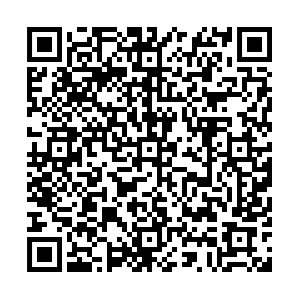Biological Safety Cabinet Level 2
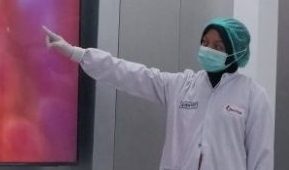
The use of this biosafety cabinet level 2 is beneficial for protecting both the sample products and the environment. Its operation involves the utilization of HEPA filters to purify external air and circulate clean air onto the workspace surface. Before being released outside, the air is filtered again to prevent environmental contamination. With this BSC Level 2 system, the quality of research sample processing is maintained, ensuring unbiased results.
Flow Cytometer
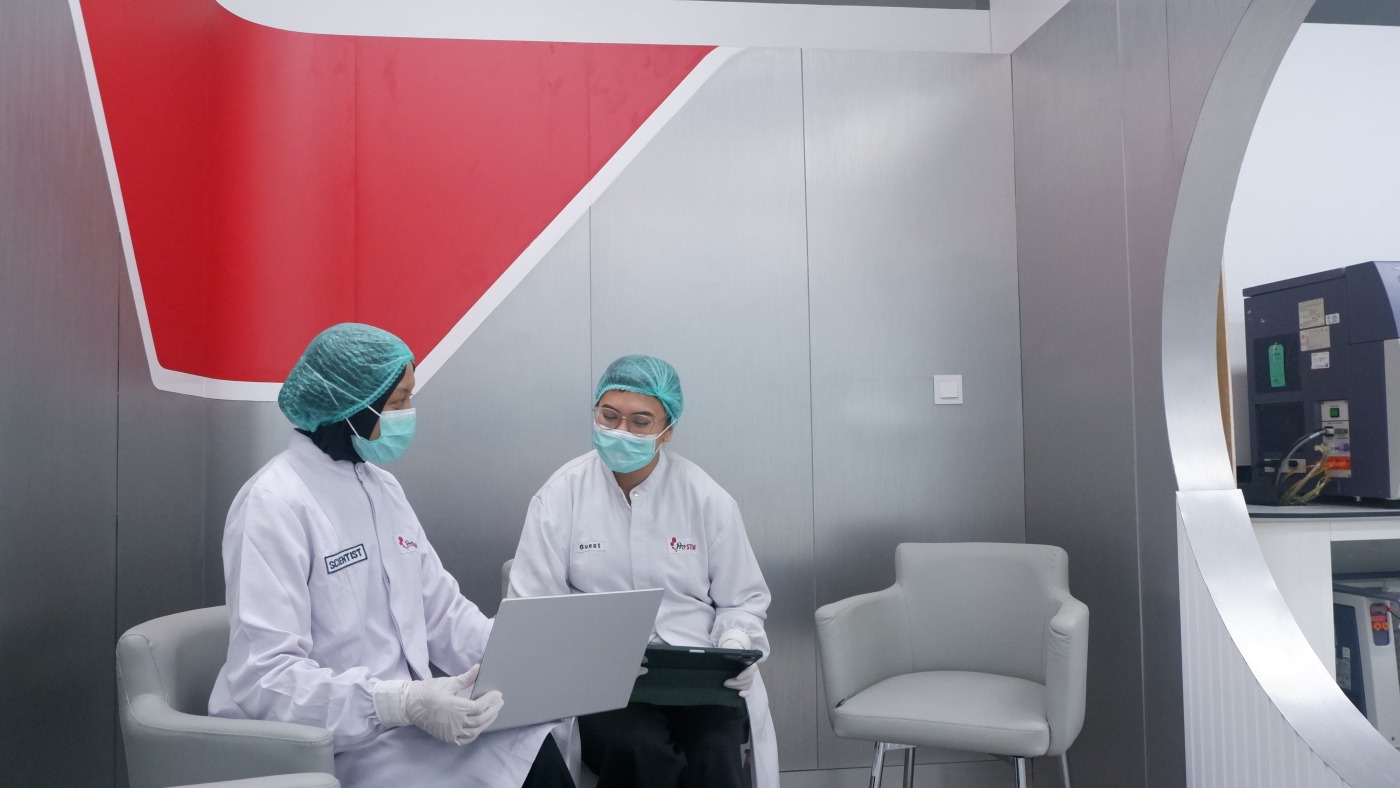
This tool is used to analyze cell characteristics or secretions from cells such as Extracellular Vesicles ( EVs). The process of characterization begins with the utilization of antibodies detectable by the laser in this device. Subsequently, cell samples or cell secretions are introduced into a tube that will flow the suspension into the flow cytometer machine. Approximately 10,000 cells can be analyzed and processed by the computer in less than a minute. The resulting output may consist of percentages and/or quantities per analyzed cell.
Inverted Fluorescence Microscope
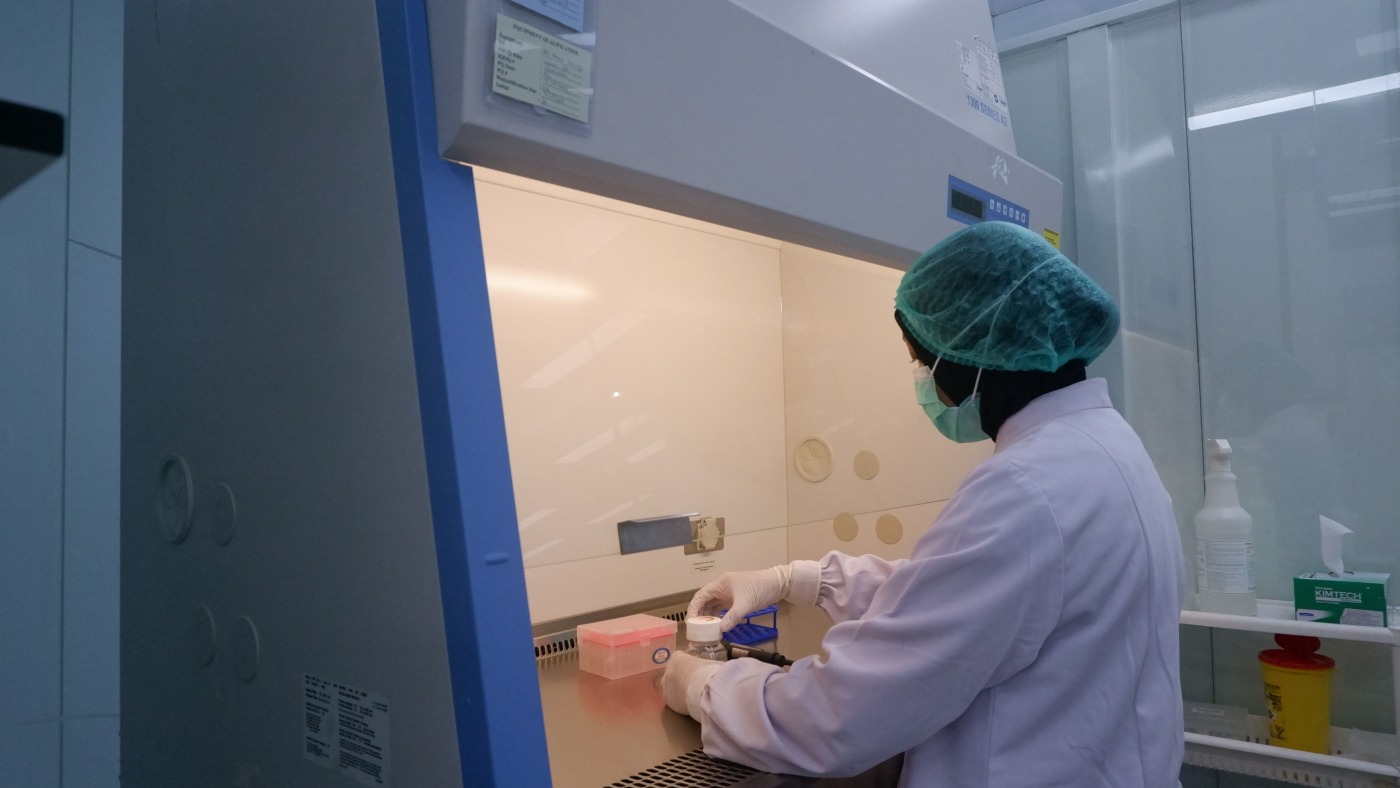
This microscope is used to analyze cells both with and without staining. The Inverted technique is employed with light transmitted from above, while the sample observation is conducted from below to produce high-quality cell images. Appropriate staining can be utilized to analyze up to the cellular nucleus level. The outcomes can be converted into photos and videos for research and publication purposes.
Incubator CO2
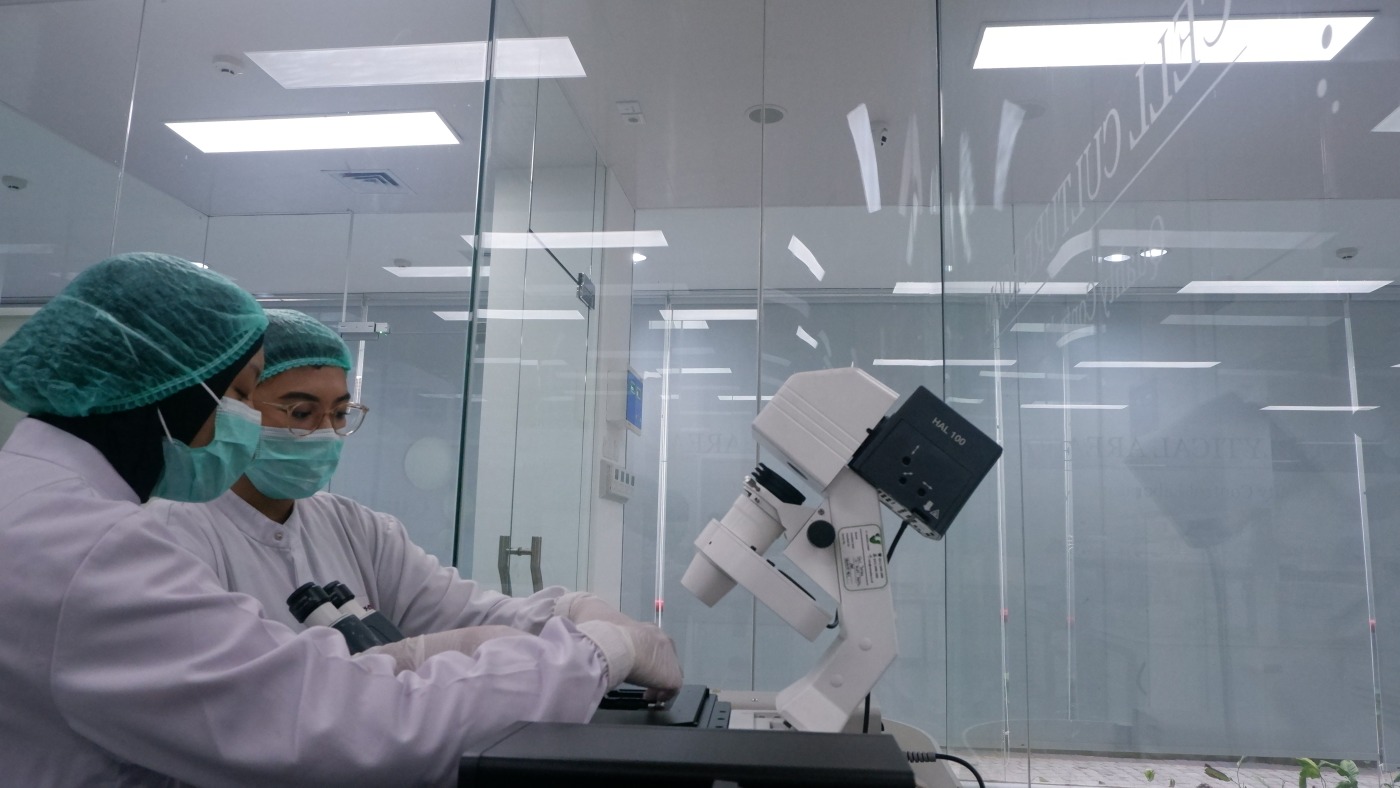
This laboratory equipment is utilized to facilitate cell growth intended for research purposes. There are two types of incubators available at ProSTEM which can be used for normoxia (O2 normal) and hypoxia (low O2 levels2). The cellular growth conditions can influence the growth and secretion produced by the cells, thus making it a significant tool in the research process.
Refrigerator & Freezer
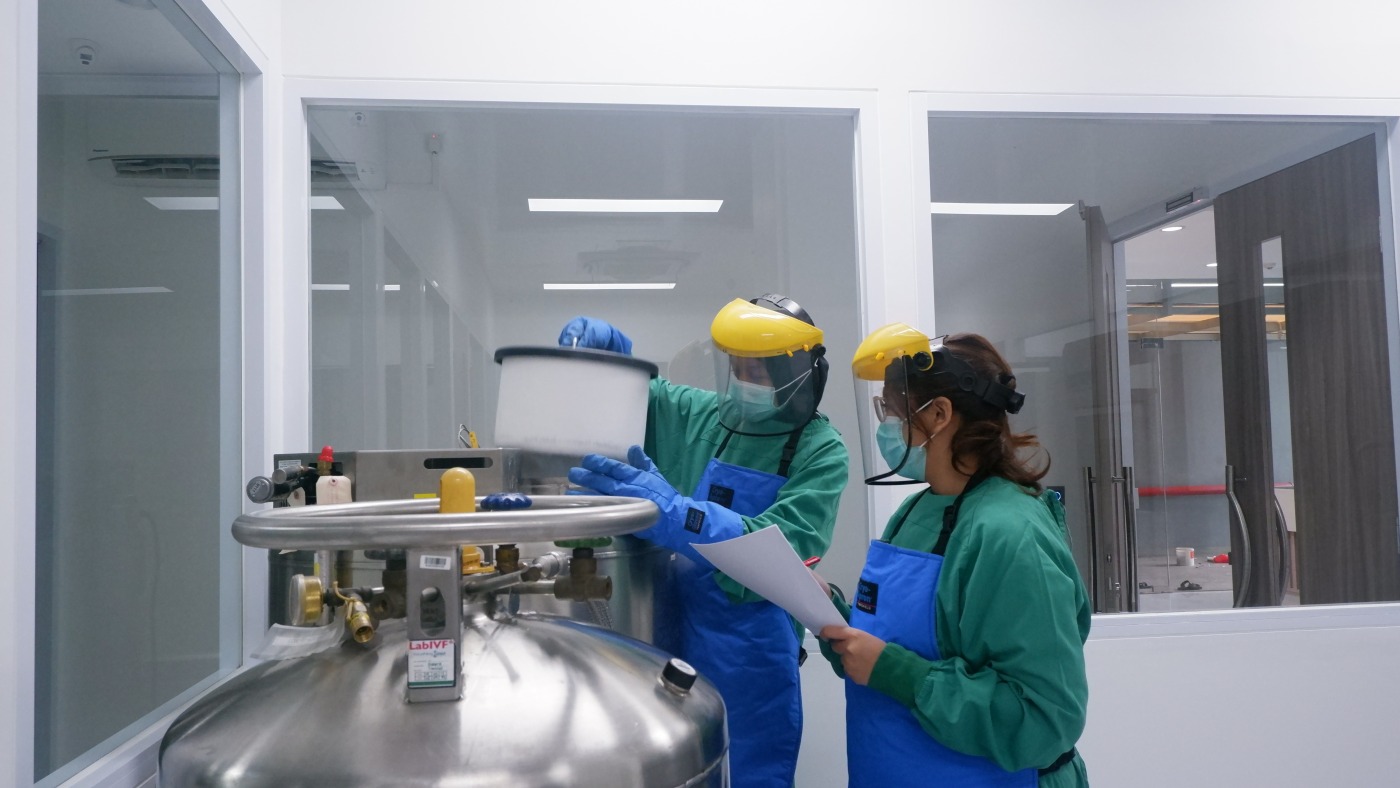
This tool is used for storing test samples at a consistent and stable temperature, equipped with an alarm to alert users of critical conditions such as temperatures outside the specified range or when the door remains open for an extended period (more than 1 minute). Additionally, it is equipped with a UPS/back-up battery to maintain functionality during power outages. The Refrigerators (2-8⁰C) and Freezer (-20⁰C and -80⁰C) in ProSTEM are also designed for low power consumption to support energy efficiency.
Cryotank
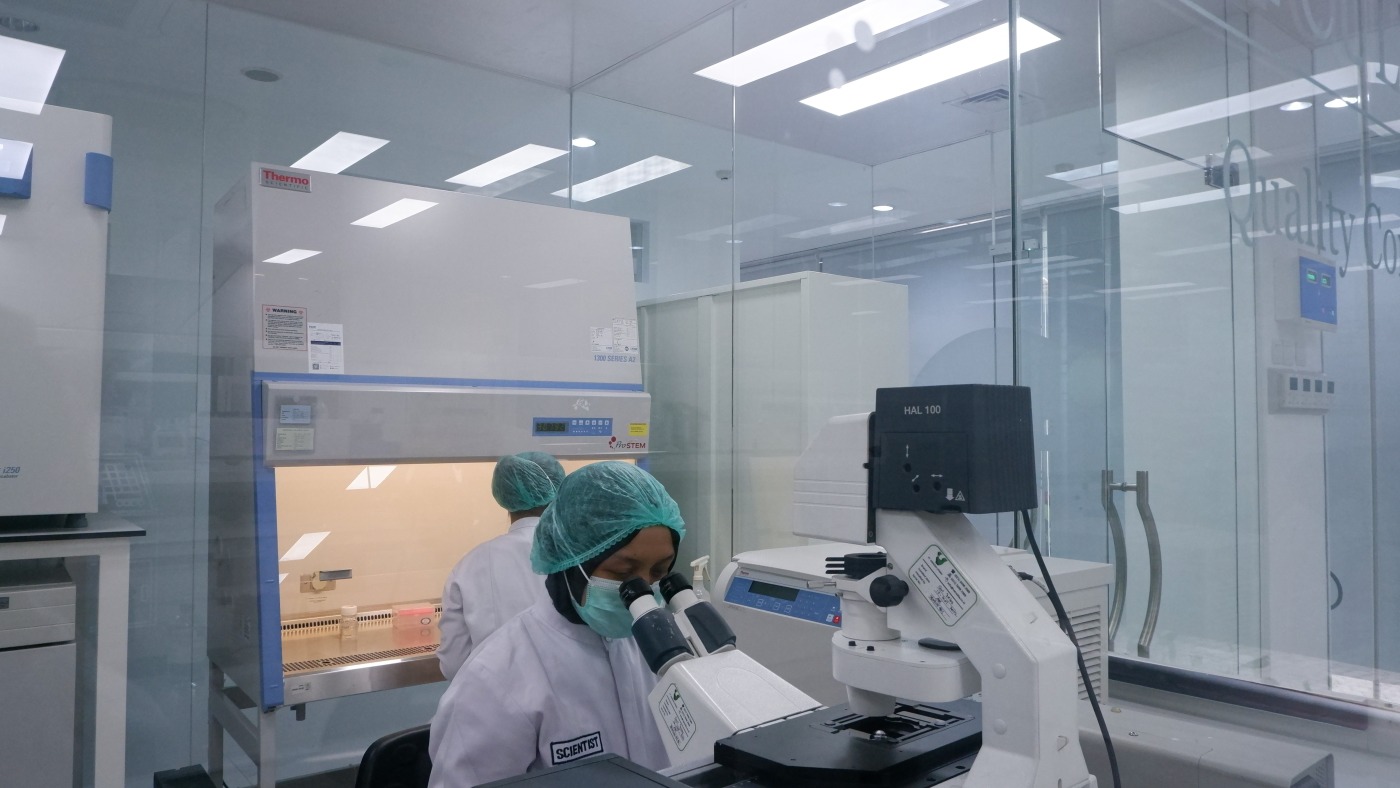
This device is utilized for long-term storage (<-150⁰C) of cells using liquid nitrogen. When needed, cells can be withdrawn from the storage tank and cultured as usual.
Gel Documentation
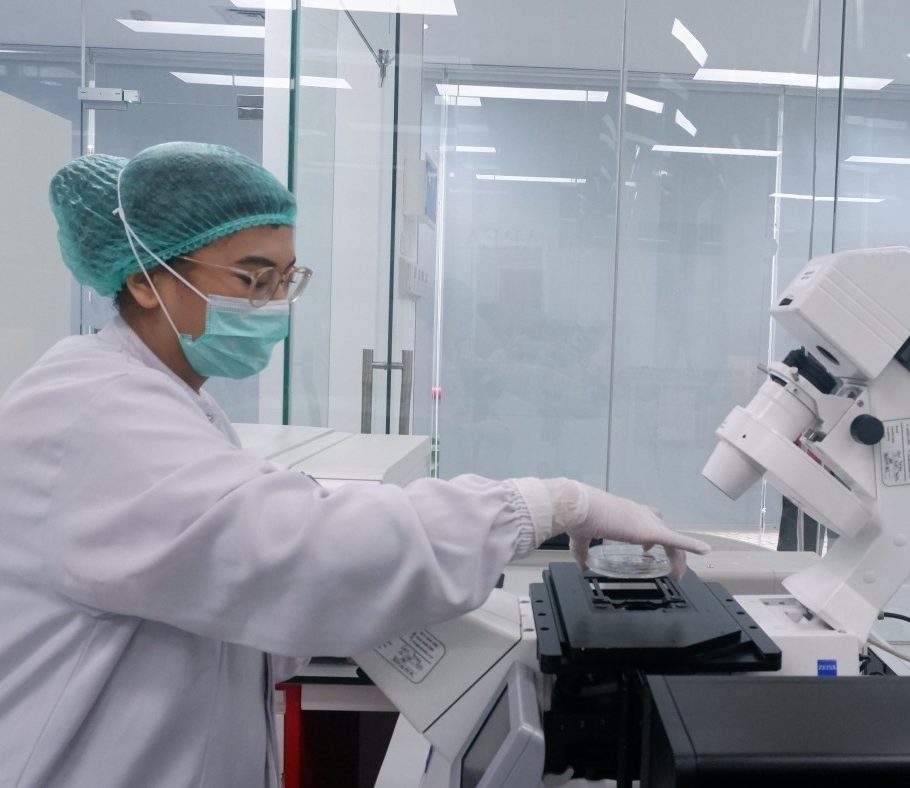
ProSTEM provides a comprehensive protein analysis, where the results from Western blot analysis are examined using this tool. This instrument is essential for visualizing nucleic acids and proteins stained or labeled within mediums such as agarose, acrylamide, or cellulose. The outcomes from this tool can be converted qualitatively and quantitatively for more optimal results.
Centrifuge
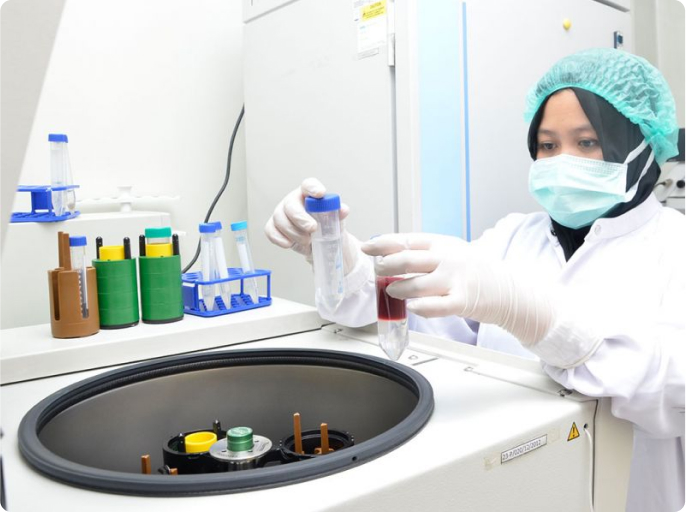
This tool is used to separate pellets from substances in liquid samples. One of the applications employed with this tool is in the cell harvesting process to separate cells from their carrying medium. Cells will settle at the bottom of the tube, allowing the old medium to be replaced with new medium.
Magnetic Cell Sorting
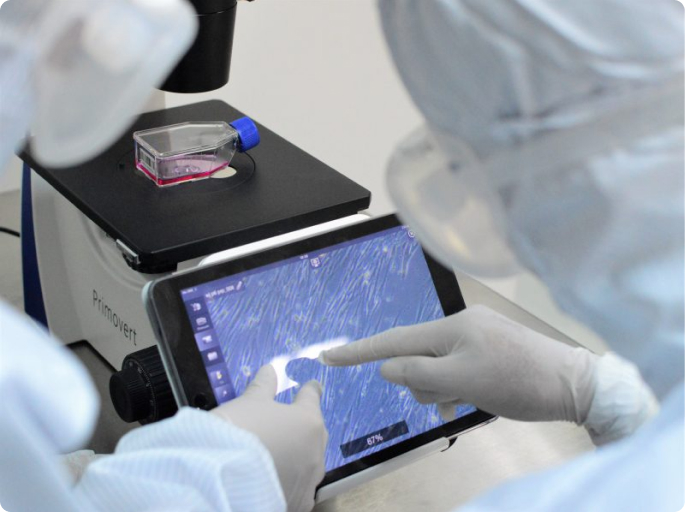
Technology for cell separation based on the use of magnetic beads can be applied using the equipment available at ProSTEM. Cells that have been tagged with antibodies specific to the target will be passed through a column within a magnetic field. This tool is beneficial for separating cells of various types before further analysis, ensuring that the obtained cells are the target cells. One example of using this tool is isolating T cells from patient blood samples.
Western Blot
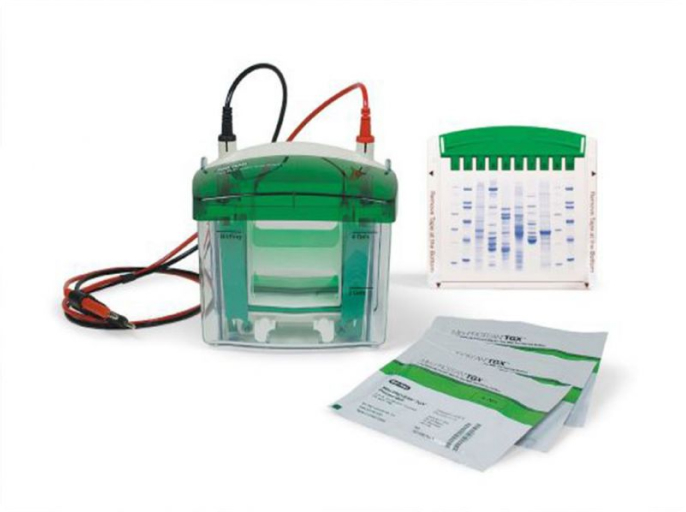
Western blotting is a technique utilized in cellular and molecular biology to identify specific proteins present within or secreted from cells. This technique operates on three principles: (1) separation based on size, (2) transfer onto a solid support material, and (3) labeling of target proteins using appropriate primary and secondary antibodies for visualization. The visualization process employs Gel Documentation, which is also owned by ProSTEM.


